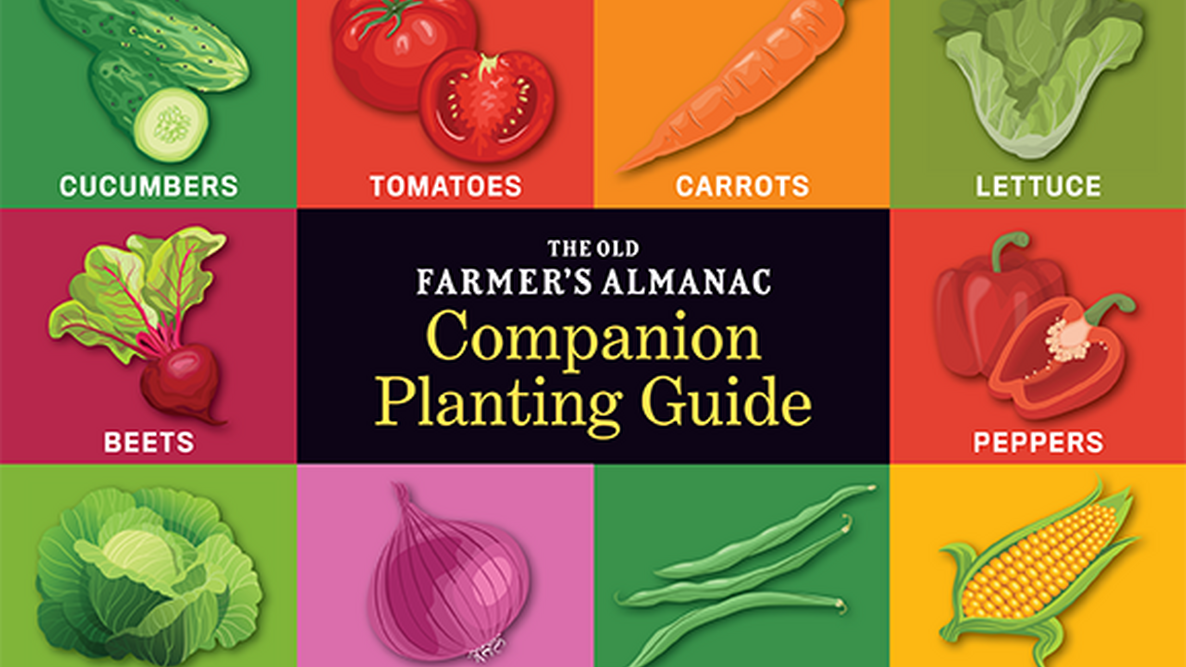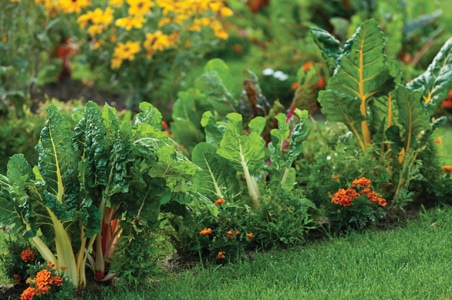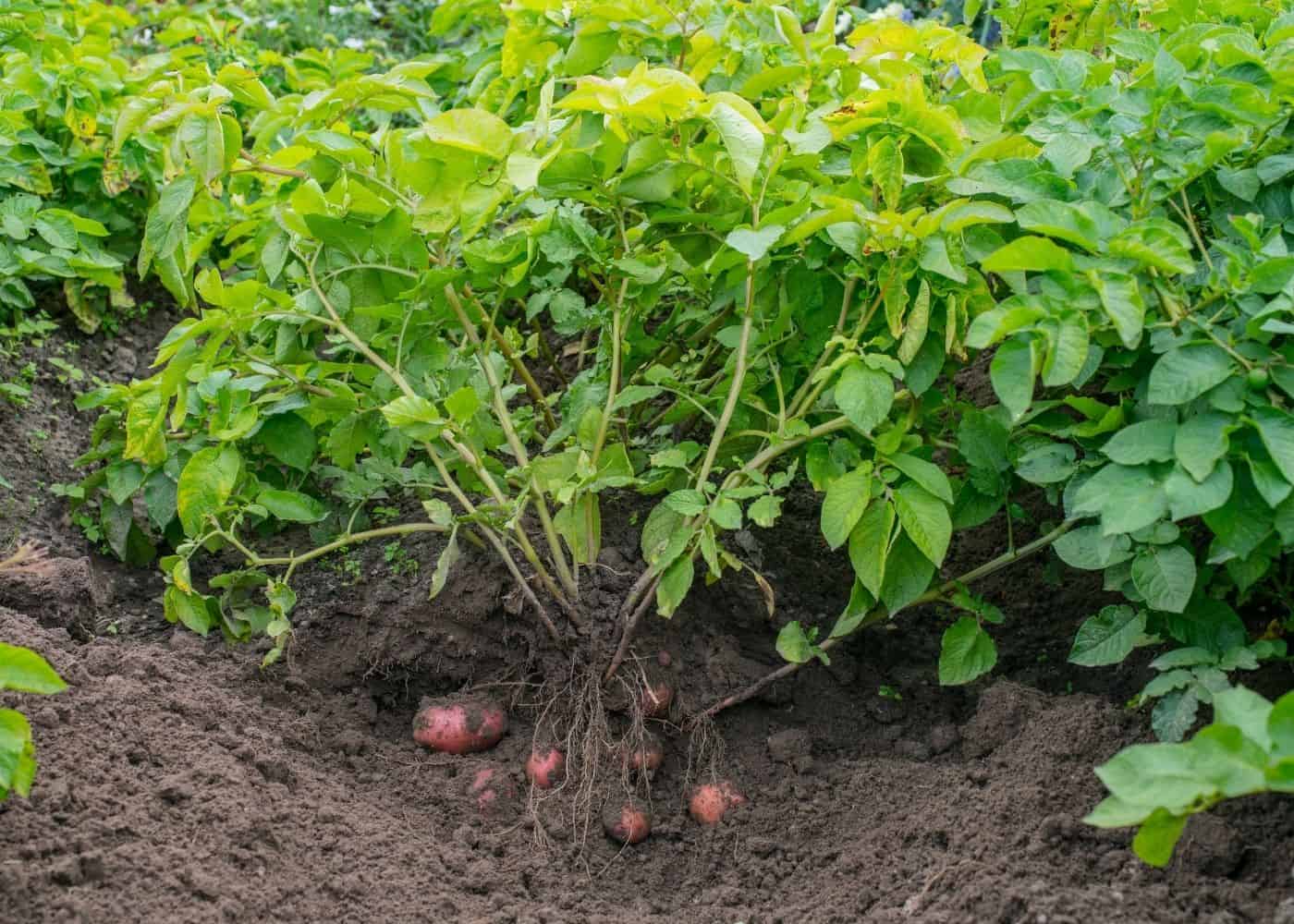Companion Planting For Beginners: The Easy Way To Grow A Healthy Garden
Companion Planting for Beginners: The Easy Way to Grow a Healthy Garden
Growing a healthy garden can be a rewarding experience, but it can also be challenging. One way to make gardening easier and more productive is to practice companion planting. Companion planting is the practice of planting certain types of plants together in order to benefit each other. Some plants can help to deter pests, attract beneficial insects, or improve the soil quality for their neighbors. By planting the right companion plants together, you can create a more balanced and healthy garden that requires less maintenance.
Here are some of the benefits of companion planting:
- Reduce pests and diseases. Some plants can naturally repel pests or attract beneficial insects that prey on pests. For example, marigolds are a good companion plant for tomatoes because they help to repel nematodes and tomato hornworms.
- Improve soil quality. Certain plants can help to improve the soil quality by adding nutrients, breaking down organic matter, or attracting earthworms. For example, beans and peas are nitrogen-fixing plants, which means they can add nitrogen to the soil.
- Increase yields. Companion planting can help to increase yields by providing support, shade, or pollination for other plants. For example, corn can provide support for beans, and tomatoes can benefit from the shade of lettuce.
- Attract beneficial insects. Some plants attract beneficial insects, such as ladybugs and hoverflies, which prey on pests. This can help to keep your garden pest-free without the use of harmful chemicals.
If you're new to companion planting, here are a few tips to get you started:
- Do your research. There are many resources available to help you learn about companion planting. Books, websites, and even your local nursery can be great sources of information.
- Start small. Don't try to do too much at once. Start by planting a few companion plants together and see how they do.
- Be patient. It takes time to see the benefits of companion planting. Don't get discouraged if you don't see results immediately.
Here are some common companion plants:
- Beans and peas: These nitrogen-fixing plants can help to improve the soil quality for other plants.
- Carrots and tomatoes: Carrots help to repel nematodes, which can damage tomatoes.
- Cucumbers and melons: These plants can benefit from the shade of taller plants, such as corn or sunflowers.
- Herbs: Many herbs, such as basil, mint, and rosemary, can help to deter pests.
- Lettuce and spinach: These leafy greens can benefit from the shade of taller plants, such as tomatoes or beans.
- Onions and garlic: These pungent plants can help to repel pests.
- Peas and beans: These plants can help each other to grow by providing support and shade.
- Potatoes and tomatoes: Potatoes can benefit from the shade of tomatoes, and tomatoes can benefit from the nutrients that potatoes release into the soil.
- Squash and pumpkins: These plants can benefit from the support of a trellis or fence.
If you're looking for a way to make gardening easier and more productive, companion planting is a great option. By planting the right plants together, you can create a more balanced and healthy garden that requires less maintenance.
Are you a beginner gardener who wants to learn about companion planting? If so, you've come to the right place! Companion planting is a gardening technique that involves planting certain plants together to benefit each other. There are many different companion planting combinations, and the best ones for you will depend on the specific plants you're growing and your climate.
If you're not sure where to start, I recommend checking out the Gardenia Inspiration. This website has a comprehensive guide to companion planting for beginners, including information on which plants grow well together, which plants to avoid planting together, and the benefits of companion planting.
The Gardenia Inspiration also has a blog where you can find more information about companion planting, as well as tips and tricks from experienced gardeners. In addition, the website has a forum where you can ask questions and get advice from other gardeners.
So whether you're a complete beginner or you're just looking to learn more about companion planting, I encourage you to visit the Gardenia Inspiration. You won't be disappointed!
FAQ of companion planting for beginners
- What is companion planting?
Companion planting is the practice of planting certain types of plants together in order to benefit each other. Some plants can help to repel pests, attract beneficial insects, or improve the soil quality for their neighbors. For example, marigolds can help to repel nematodes, which are pests that can damage the roots of tomatoes. And beans can help to fix nitrogen in the soil, which can benefit other plants that need this nutrient.
- How do I know which plants are good companions?
There are a number of resources available to help you learn about companion planting. You can find books, websites, and even apps that list which plants are compatible with each other. You can also ask your local nursery or garden center for advice.
- How far apart should I plant companion plants?
The spacing requirements for companion plants will vary depending on the specific plants involved. However, as a general rule, you should plant companion plants at least 12 inches apart. This will give them enough room to grow and thrive.
- How can I use companion planting to improve my garden's productivity?
Companion planting can help to improve your garden's productivity in a number of ways. For example, companion plants can help to attract beneficial insects, which can pollinate your crops and help to control pests. They can also help to improve the soil quality, which can lead to healthier plants and higher yields.
- What are some common mistakes to avoid when companion planting?
One common mistake is planting plants that are incompatible with each other. This can lead to problems such as stunted growth, reduced yields, or even plant death. Another common mistake is planting too many plants too close together. This can lead to competition for resources, such as sunlight, water, and nutrients.
Image of companion planting for beginners
5 different images of companion planting for beginners from Pinterest:
- Image 1: This image shows a bed of tomatoes surrounded by basil, chives, and nasturtiums. Tomatoes and basil are a classic companion plant combination, as the basil helps to deter tomato pests. Chives and nasturtiums also help to repel pests, and they can also add color and interest to the garden.
- Image 2: This image shows a bed of carrots surrounded by radishes, onions, and lettuce. Carrots and radishes can be planted together because they have different root systems. Onions and lettuce also make good companion plants for carrots, as they help to deter pests.

- Image 3: This image shows a bed of corn surrounded by beans, squash, and marigolds. Corn, beans, and squash are known as the "three sisters" because they are often planted together in a companion planting scheme. The corn provides support for the beans to climb, the beans fix nitrogen in the soil, and the squash helps to suppress weeds.

- Image 4: This image shows a bed of cucumbers surrounded by dill, mint, and parsley. Cucumbers and dill are a good companion plant combination, as the dill helps to deter cucumber beetles. Mint and parsley also make good companion plants for cucumbers, as they help to repel pests and attract pollinators.
- Image 5: This image shows a bed of potatoes surrounded by garlic, onions, and peas. Potatoes and garlic are a good companion plant combination, as the garlic helps to deter potato pests. Onions and peas also make good companion plants for potatoes, as they help to repel pests and improve the soil quality.


Post a Comment for "Companion Planting For Beginners: The Easy Way To Grow A Healthy Garden"